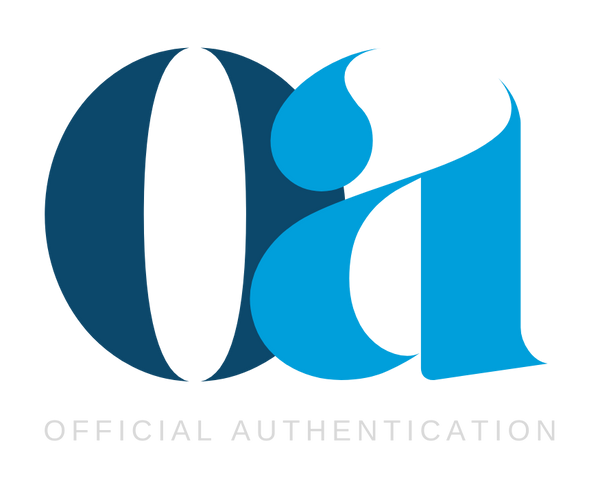The luxury handbag market hemorrhages over $1.2 billion annually to sophisticated fraud operations, yet 73% of buyers remain unaware of the most dangerous red flags beyond basic authentication concerns. While consumers focus on obvious counterfeits, industry insiders recognize that the greatest threats to luxury bag buyers operate in plain sight through legitimate-appearing channels and established market practices.
The Authentication Theater

Authentication services have transformed into a multi-million dollar industry, but buyers must understand the inherent conflicts undermining their reliability. Many authentication companies maintain undisclosed partnerships with resale platforms, creating financial incentives to approve questionable pieces that generate commission revenue. Additionally, the industry's "pass rate" metrics create pressure to maintain high approval percentages to satisfy platform partners.
More concerning is the authentication service fragmentation problem. Different services often reach contradictory conclusions on identical pieces, yet buyers rarely cross-reference multiple authenticators. Professional buyers always obtain secondary opinions on high-value acquisitions and never rely solely on a single authentication badge, regardless of the service's reputation.
Price Manipulation Tactics

Luxury brands deploy sophisticated demand engineering that artificially inflates both retail and secondary market values. The "controlled scarcity" model deliberately restricts production below demand levels, creating artificial urgency that drives irrational purchasing decisions. Limited edition releases often feature identical construction to standard models but command premium pricing solely through manufactured exclusivity.
Price anchoring represents another manipulation tactic, where brands introduce extremely high-priced "halo" products to make standard luxury items appear relatively affordable. This psychological manipulation distorts buyer perception of value and reasonable pricing. Savvy collectors track production numbers and recognize when scarcity claims lack substantiation.
The Resale Value Myth
The "investment handbag" narrative has created dangerous misconceptions about luxury bag appreciation. While select iconic pieces maintain value, the vast majority experience significant depreciation regardless of condition or authenticity. Market data reveals that 85% of luxury handbags lose 30-60% of retail value within two years of purchase.
Factors that destroy resale value include seasonal color variations, hardware finish changes, and size modifications that occur between production runs. Even authentic pieces from prestigious brands become nearly worthless when they fall outside current aesthetic preferences. The most devastating factor is the "logo fatigue" cycle, where prominent branding elements that drive initial desirability become outdated and reduce long-term appeal.
Hidden Quality Degradation
Luxury brands have systematically reduced construction quality while maintaining premium pricing, but these changes often occur gradually to avoid consumer backlash. Cost-cutting measures include thinner leather selections, simplified internal structures, and substituted hardware materials. These modifications compromise longevity without immediately affecting appearance or authentication markers.
Professional quality assessment requires examining construction elements that remain invisible during casual inspection. Stitch density variations, adhesive applications in structural joints, and hardware plating thickness all indicate manufacturing shortcuts. Experienced buyers compare current production pieces against archived examples to identify quality degradation trends.
Seasonal Trap Patterns

Counterfeit operations synchronize their activities with predictable shopping cycles, flooding the market during high-demand periods when buyer vigilance decreases. Pre-holiday seasons see sophisticated fake operations targeting gift purchases, while post-holiday periods feature "returns" of counterfeit items to unsuspecting secondary buyers.
Spring cleaning seasons create authentication challenges as legitimate vintage pieces enter the market alongside aged counterfeits designed to appear authentic through artificial wear patterns. Summer travel seasons bring increased international marketplace activity, where jurisdiction complexities complicate fraud prosecution and recovery efforts.
Digital Red Flags

Online luxury marketplaces face unprecedented sophisticated fraud operations that exploit buyer psychology and platform limitations. Fake boutique websites replicate authorized dealer aesthetics while selling high-quality counterfeits at slight discounts that appear legitimate. These operations often maintain professional customer service and return policies that create false confidence.
Social media marketplace schemes use hijacked influencer accounts and fabricated authentication documentation to target collectors. These operations exploit the social proof principle by displaying fake purchase histories and testimonials from non-existent buyers. Professional buyers verify seller identity through multiple channels and never complete transactions based solely on social media interactions.
Conclusion
Protecting luxury bag investments requires recognizing that the greatest threats operate through seemingly legitimate channels rather than obvious counterfeiting operations. Implement multi-layer verification protocols, maintain skepticism toward market manipulation tactics, and understand that due diligence extends far beyond basic authentication services. The luxury handbag market rewards informed buyers while punishing those who rely on industry theater rather than genuine expertise.

